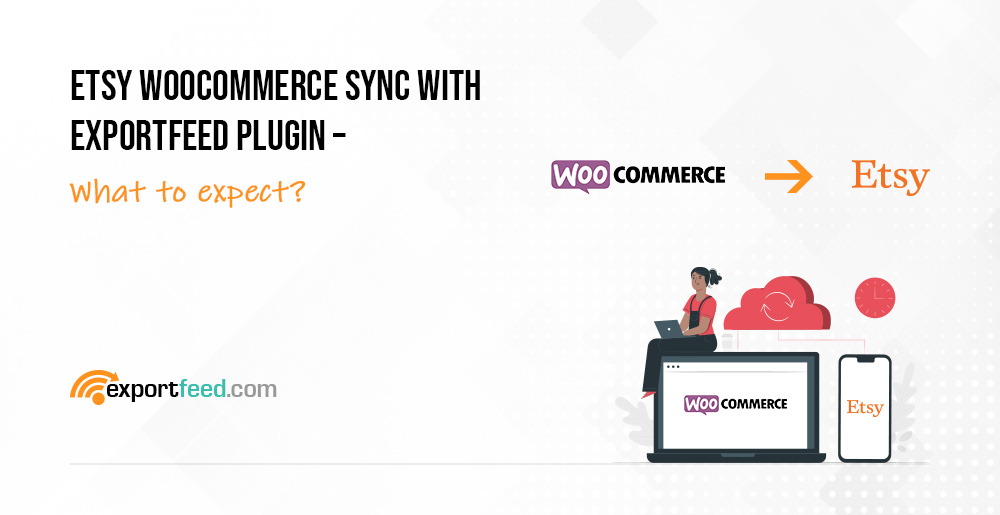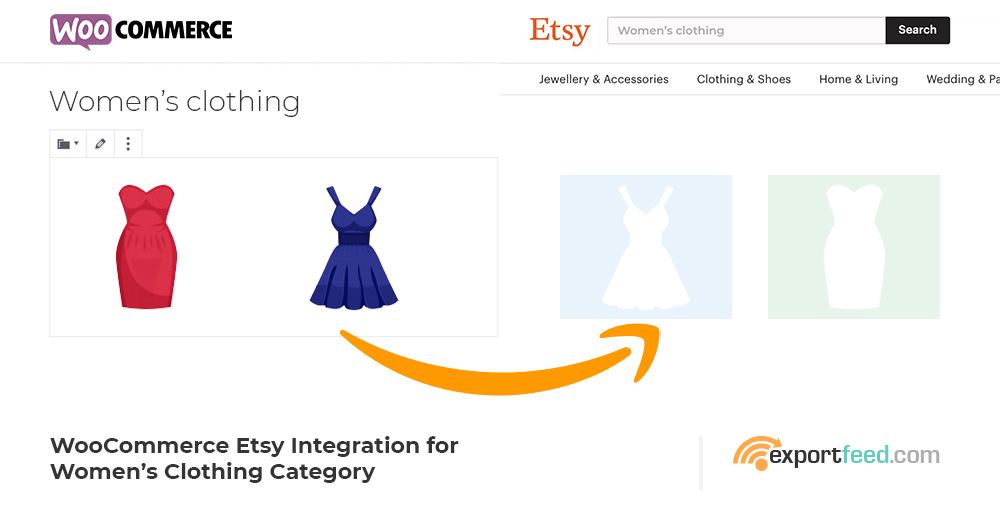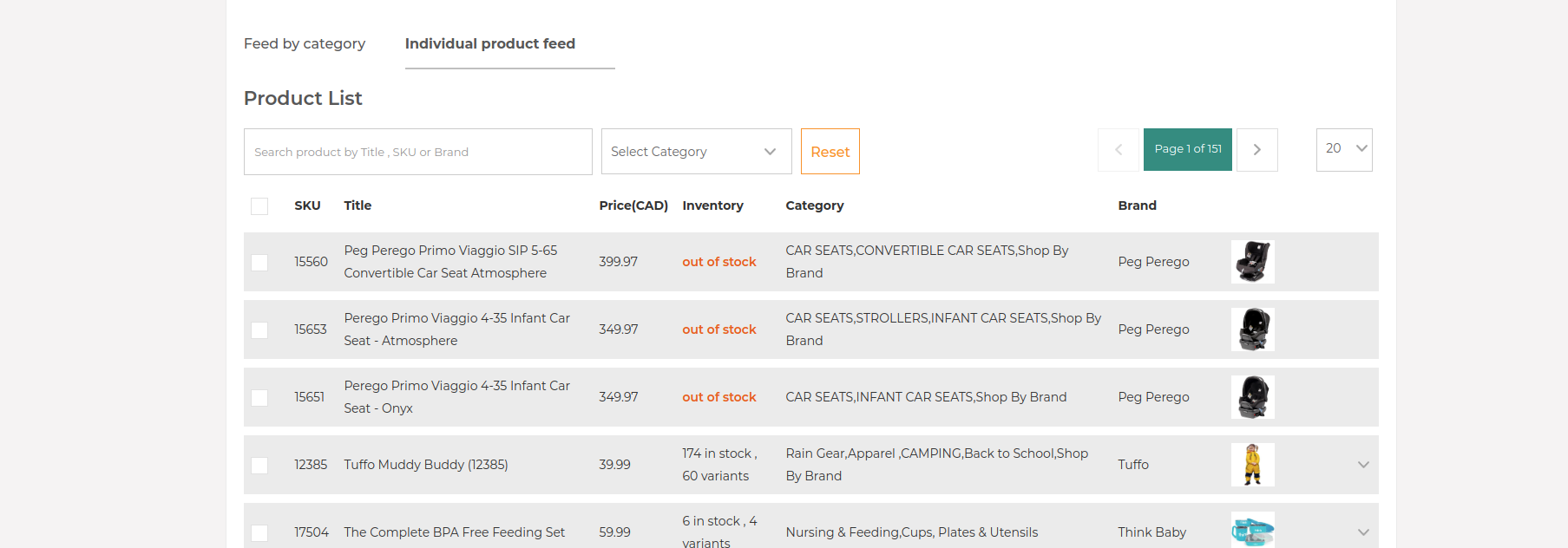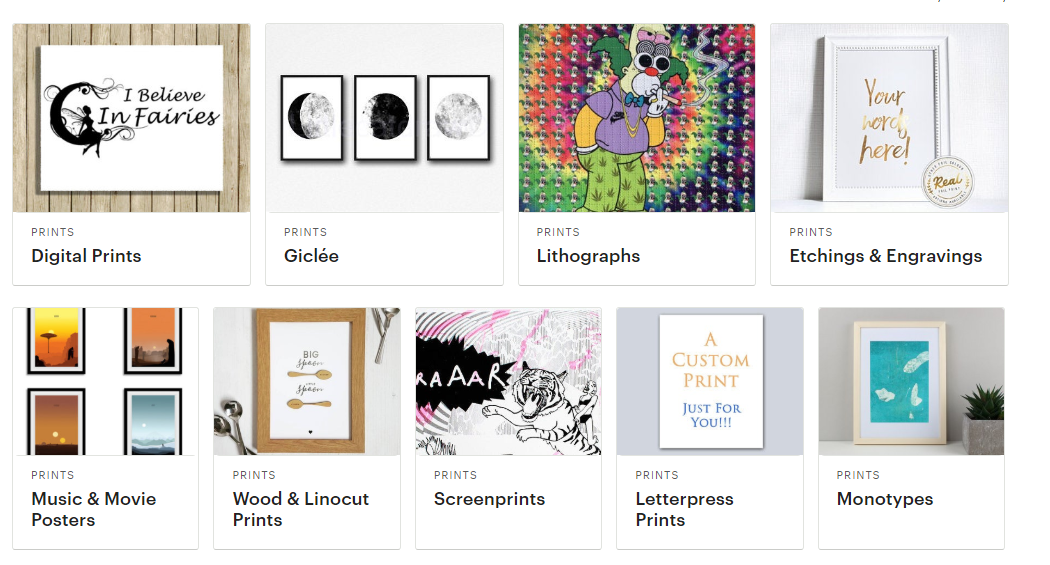
Amazon is the world’s biggest marketplace with over 101 million Prime users in the United States alone.
Regardless of where you are in the world, if you are a seller of any business size, it is the best place to get exposure.
However, a lot of new sellers have trouble getting started with listing their products on Amazon.
You might Google about it and see complex terms like barcodes, GTIN, EAN and more.
Sit back and let’s take me explain in simple terms how you can listing your products on Amazon and give your business a boost in revenue.
Two methods of listing your products on Amazon
Using Barcodes
Amazon systems are barcode-driven. Each unit you send to a fulfillment center requires a barcode so that it can be tracked throughout the fulfillment process.
The Universal Product Code (UPC) (redundantly: UPC code) is a barcode symbology that is widely used in the United States, Canada, Europe, Australia, New Zealand, and other countries for tracking trade items in stores.
GTIN stands for Global Trade Item Number. It is a numbering system developed by GS1 System (https://www.gs1.org) for identifying trade items such as products and services.
The International Article Number (also known as European Article Number or EAN) is a standard describing a barcode symbology and numbering system used in global trade to identify a specific retail product type, in a specific packaging configuration, from a specific manufacturer.
JAN: An EAN-13 number includes a 3-digit GS1 prefix (indicating country of registration or special type of product). A prefix with a first digit of “0” indicates a 12-digit UPC-A code follows. A prefix with first two digits of “45” or “49” indicates a Japanese Article Number (JAN) follows.
If your products have barcodes that are recognized by Amazon, it is much easier to get your products listed using a product feed solution like ExportFeed.
Where can you apply for barcodes?
Since Amazon validates the barcodes from GS1, ISBN and GEPIR, the barcodes should be purchased solely from those prodviders.
What type of the sellers require barcodes?
The first step for knowing whether or not you need barcodes is to check whether the product’s brand requires GTIN.
Verify if the exemption is eligible for your category. If it is eligible then you do not require Barcodes.
Check if that product is already listed on Amazon.
- Request approval from the other seller and get the barcodes from the provider.
- Listed products on Amazon also provides the barcodes.
Listing your products on Amazon without barcodes
If your product does not have a product ID (barcode), also called a GTIN (Global Trade Item Number), you might be eligible to request a GTIN exemption depending upon the category that Amazon offers.
There is a list of brands that require a GTIN to list on Amazon. GTIN exemptions are not available for these brands. Any product that belongs to any of these brands and does not have a GTIN will be suppressed.
The fastest way to list your products on Amazon
Now that you’re aware of all of the methods that you can use to list you products on Amazon, you might still be wondering how you’ll be able to spend hours, if not days on creating XML files for your products.
Luckily, you can use a feed automation solution that does all of this for you and can help not only Amazon but other merchants and marketplaces such as Facebook, Google Merchant, Etsy, ShareASale and a lot more.
ExportFeed is one of the best solutions that gives you complete control over your feed files along with the flexibility to customize any aspect of your listing.
You can give it a free try and see for yourself if its the right fit for your business.
I hope these points helped clear up your confusions related to listing your products on Amazon.
If you have any questions relating to any of these topics, please feel free to leave a comment and our support team will be happy to assist you in any way possible.













